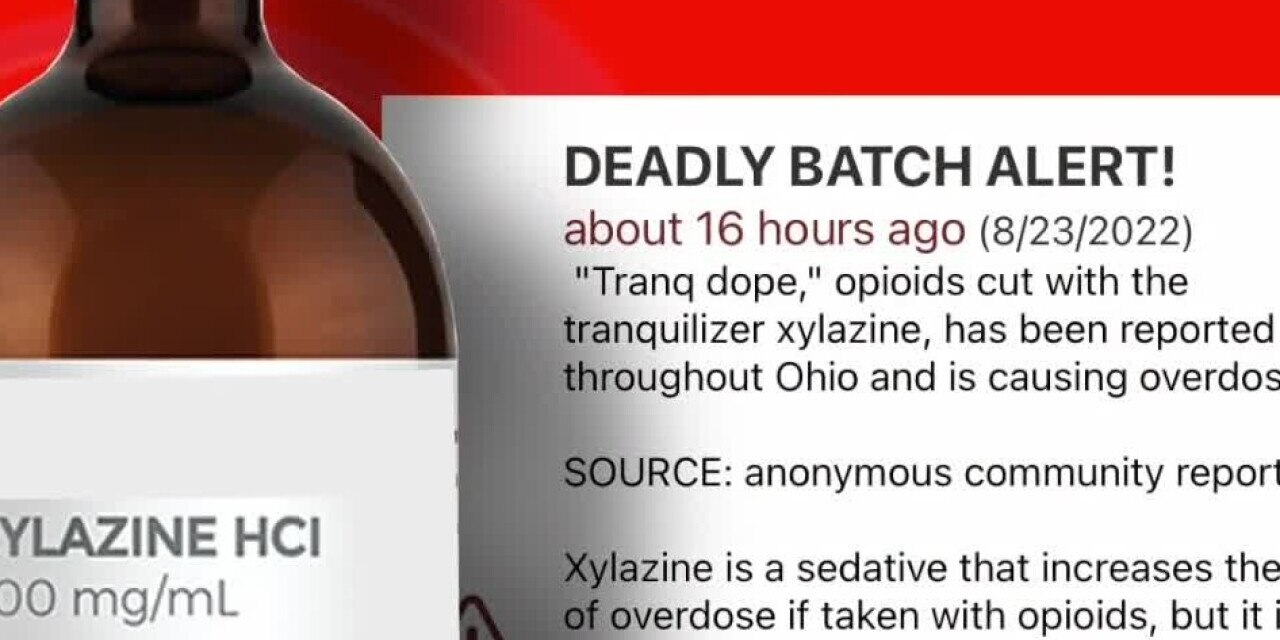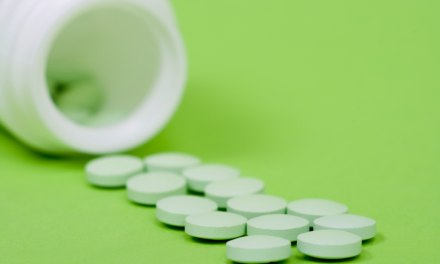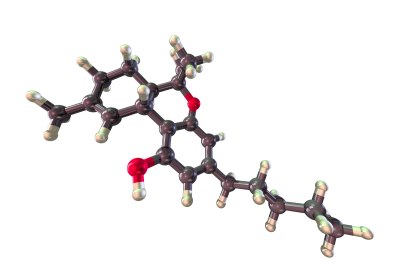I posted about xylazine earlier this year. Not a lot was known at the time, however, so I wanted to provide an update. If you missed the first post, here it is: Tranq’in
Xylazine, a benzodiazepine derivative with a legitimate use in veterinary medicine, has been detected in the vast majority of street opioids in the Mid-Atlantic region — Philadelphia first, and more recently, nearby Maryland. Those are just the sorest spots. According to the DEA, the drug has already been identified in samples from most US states, and is expanding.
Why? The usual answer: It’s inexpensive and potent, useful as an additive. Per the DEA, “…xylazine’s low cost makes it an attractive alternative for dealers to more expensive drugs. A kilogram of xylazine powder can be purchased online from Chinese suppliers, with common prices ranging from $6-$20 per kilogram.” Now that’s cheap.
You see the problem: outlaw chemists have found yet another way to enhance the effects of common drugs of abuse — fentanyl, primarily, but also cocaine and methamphetamine. Unfortunately, adulterating fentanyl with xylazine makes naloxone, the opioid antagonist, substantially less effective in terms of reversing an overdose.
Result: A big jump in fatal ODs. Fentanyl use is dangerous enough on its own, but is now even more likely to result in death.
Doctors have learned more about xylazine’s weird tendency to contribute to skin conditions, such as lesions and open sores. These can be quite severe. Street users are showing up at shelters and drug treatment centers seeking to be admitted, only to be turned away out of fear of infection that might spread to others.
The best solution would be to transport them to the ER or a clinic for appropriate treatment.
One suggestion under consideration by public health agencies is to add a test for xylazine to the standard drug screen protocol. Makes sense. I’m told there are also test strips available that can detect xylazine in a sample. At least then , users would know what they were dealing with.
Healthcare authorities continue to recommend administering naloxone in an overdose situation wherever opioids are suspected. With the opioid neutralized, the patient might even survive.












